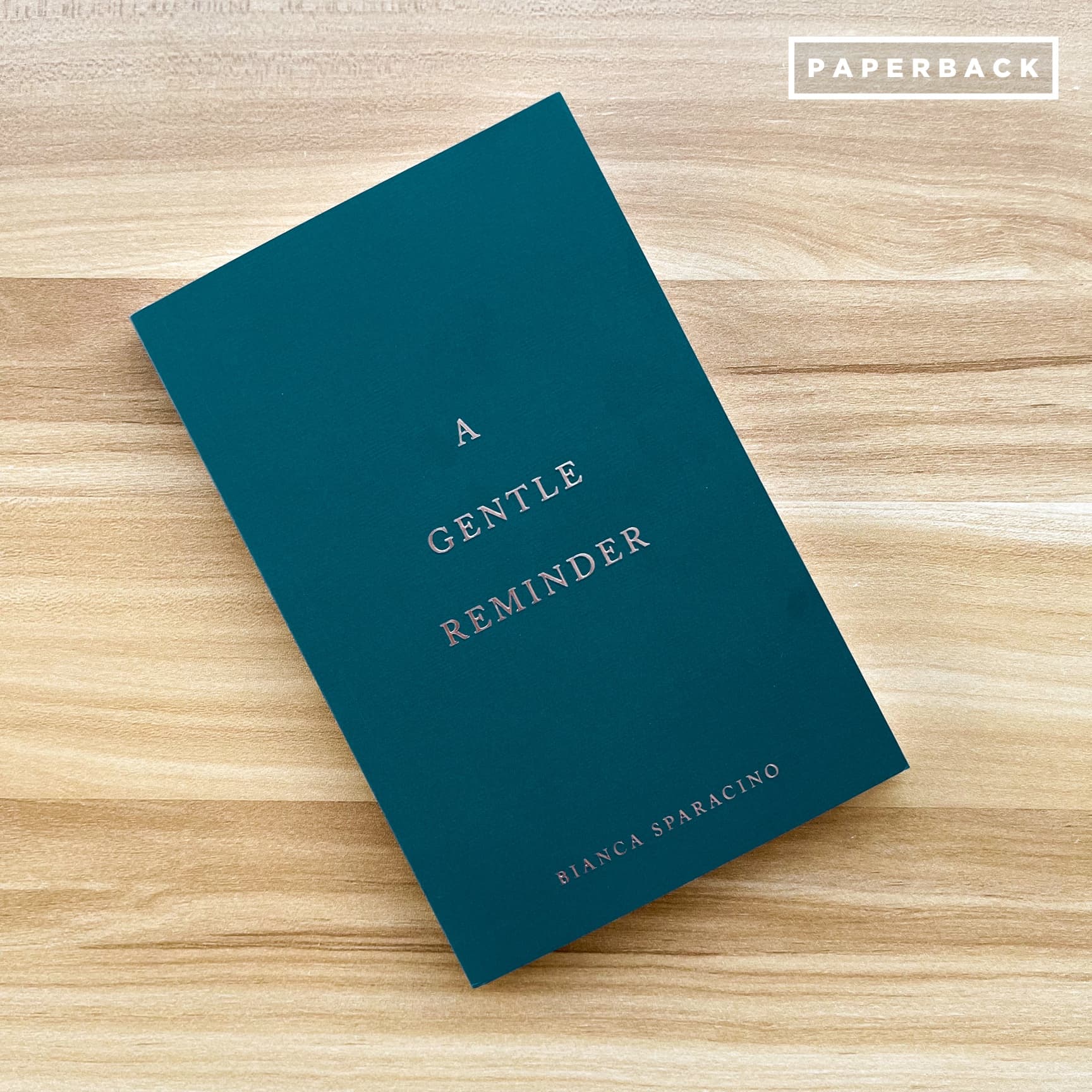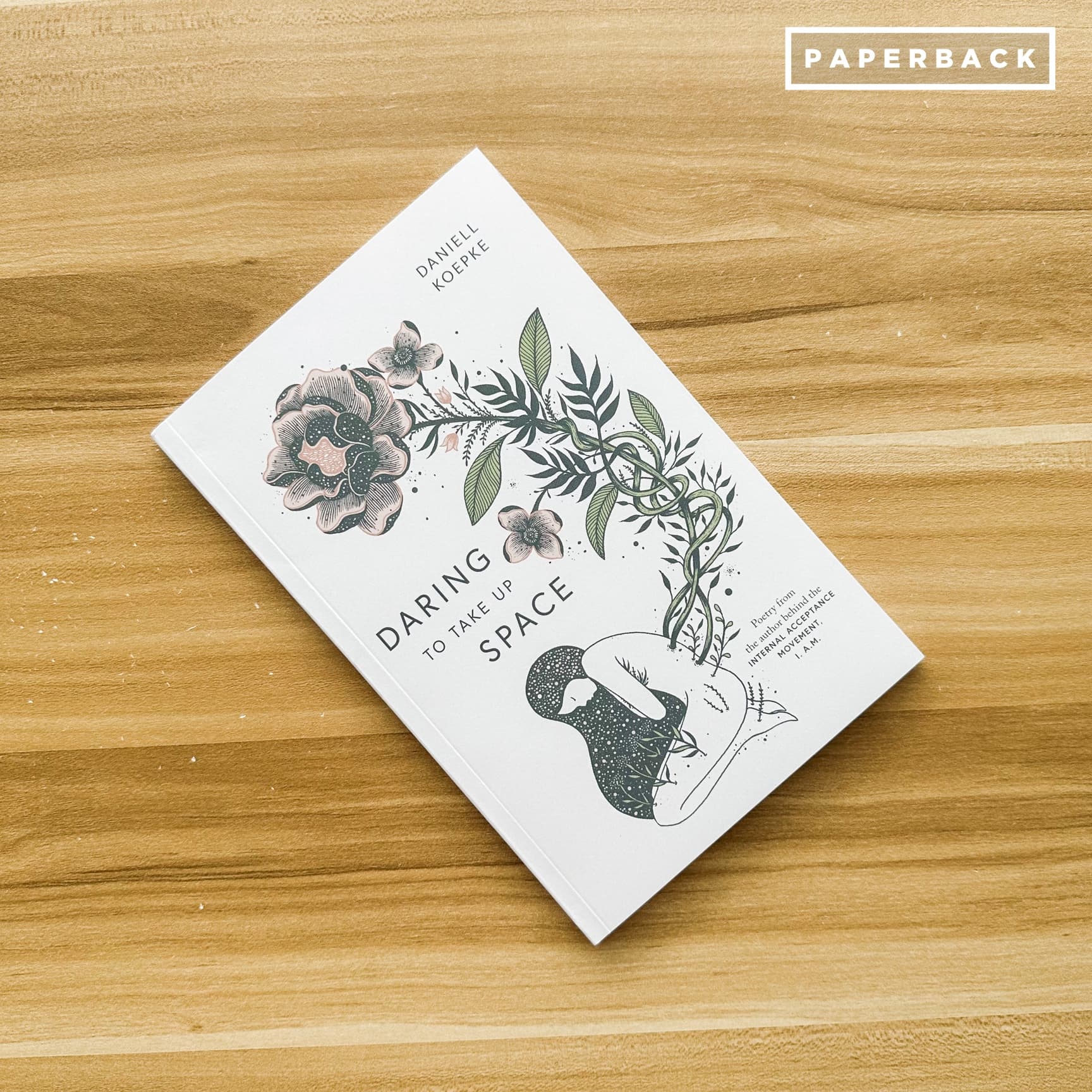Books hold a special place in our lives. They teach, inspire, entertain, and often feel like old friends. But like anything we value, books need care to stay in good condition.
You might have noticed a cracked spine on a favorite novel or spotted yellowing pages in an old textbook. Maybe you’ve wondered how to stop your books from gathering dust or prevent damage over time. Whatever the concern, this guide is here to help.
With just a little effort and the right techniques, you can keep your books looking their best and lasting for years. Now let’s get started on how to care for your books so they can continue to inform, entertain, and inspire.
Understanding Book Materials
Books are made of paper, bindings, and ink—each requiring care in different ways.
Paper: Modern books often use acid-free paper that resists yellowing and stays sturdy over time. Older books, however, were printed on acid-based paper that can become brittle and fragile as it ages. Handle these gently to avoid tearing the pages.
Binding: Hardcovers are sturdy but can weaken if mishandled, while paperbacks are more prone to creases and cracked spines. Supporting the spine during use can protect both types and help their binding intact.
Ink: Light exposure causes the ink to fade. Books stored near windows or bright lights often have faded spines and pages. Keeping books in dim or shaded areas is one of the simplest ways to protect them. Knowing these details helps you understand why certain books might require extra care compared to others.
Proper Handling of Books

Everyday habits make a big difference in how well your books age as taking care of them starts with how you handle them every day.
Keep Your Hands Clean: Oils and dirt on your skin can stain pages and covers. Always wash and dry your hands before handling books to prevent oil and dirt specks from transferring to the pages.
Open Books Gently: Avoid forcing a book to lie flat, especially hardcovers or older editions. Support the spine while opening to prevent cracking the spine or loosening the binding.
Use Proper Bookmarks: Never dog-ear pages, fold corners, or use objects like pens or paperclips which can damage pages. Instead, opt for flat bookmarks to mark your place to prevent stains or creases.
Read in the Right Environment: Choose a clean, dry space with good lighting. Avoid eating or drinking nearby to reduce the risk of spills or stains. Also keep your reading space stable to reduce the chances of accidental damage.
Storing and Displaying Books

(Photo from the wires)
Books are sensitive to their environment, so proper storage is crucial to preserving your collection.
Storage Conditions: Keep books in a cool, dry space. Excessive heat or humidity common in our climate can warp pages, damage bindings, and promote mold growth. If possible, use dehumidifiers or silica gel packets to control moisture levels. Aim for storage space with moderate temperature and humidity—around 20 degrees celsius and humidity levels around 40–50% works best.
Shelving Tips: Stand books upright, and use bookends to prevent them from leaning. Avoid overpacking shelves to allow for proper air circulation and easy access and retrieval.
Displaying Books: If you display books as decor, keep them away from windows or direct sunlight especially those that are rare or from valuable editions. Rotate displayed books occasionally to minimize uneven fading or wear. Organizing your books thoughtfully not only protects them but also makes your space more inviting.
Cleaning and Maintaining Books
Regular maintenance and cleaning keep books looking great and prevent long-term damage.
Dust Regularly: Use a soft, dry cloth or a clean brush to remove dust. Start at the spine and move outward to avoid pushing dirt into the pages.
Remove Stains Carefully: If you notice small stains, dab gently with a slightly damp cloth. Avoid soaking the pages, as too much moisture can damage the paper. For tougher stains, it’s better to seek professional advice to avoid further damage.
Fix Minor Damage: Use acid-free tape for torn pages or archival glue for loose bindings. However, for significant damage, consider professional restoration. A little effort in cleaning and repairs goes a long way in extending the life of your books.
Preventing Common Book Problems
Books face common threats like fading, mold, and pests, but these can be prevented with proactive care.
To prevent fading, store books in shaded areas and away from direct sunlight. If you have a collection in a bright room, using UV-blocking curtains or films can help protect your books.
Mold thrives in damp, poorly ventilated spaces. Keep your storage area dry and consider using silica gel packets to control humidity levels. If you notice mold on a book, isolate it from the others and gently clean the affected area with a soft brush.
Pests like silverfish and bookworms are another threat, as they are common in humid environments. To keep insects away, regularly clean your shelves and use natural repellents, such as cedar or lavender sachets.
Digital Preservation
Digitization offers an additional way to safeguard your books, especially rare or fragile ones.
Scanning your books into digital formats provides a backup and allows you to enjoy their content without risking damage to the physical copy. You may also store digital files on reliable platforms like cloud storage or external drives and regularly back them up to avoid data loss. Keeping your files updated is essential to ensure they remain accessible as technology evolves.
While digital preservation won’t replace the tactile joy of physical books, it’s a practical option for protecting your collection’s content.
Conclusion
Books have a way of becoming part of our lives—they’re cherished collectibles, study tools, or, to others, daily companions. Taking care of them preserves their physical form and respects the stories and knowledge they hold. A little effort goes a long way in keeping them intact and ready to be enjoyed, shared, or passed down.
By adopting good habits like proper handling, thoughtful storage, and regular cleaning, you can ensure they remain in excellent condition. Take the time to care for your collection. Each book you protect becomes a small but lasting investment in something meaningful.
Again, treat your books well—they’ve earned it. Happy reading!
ALSO READ:














